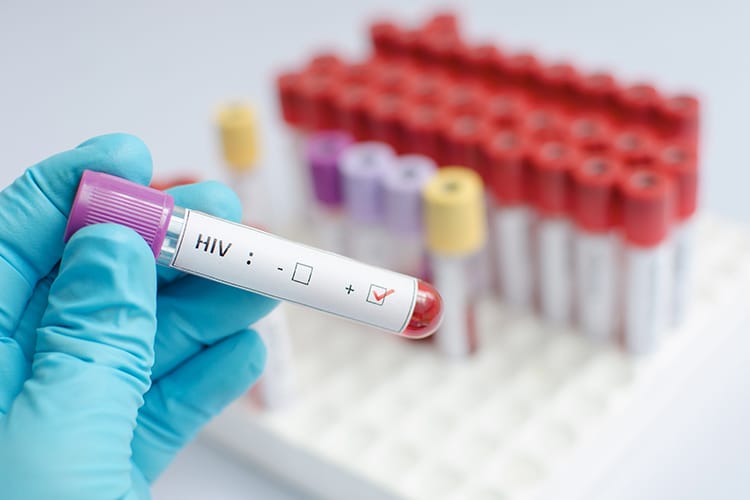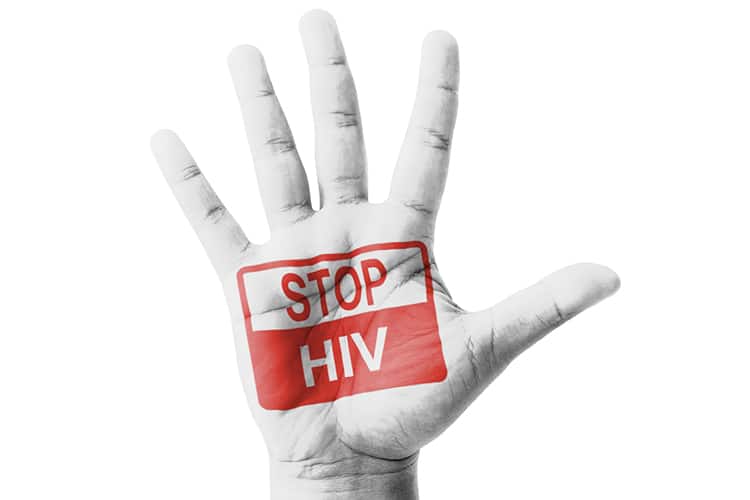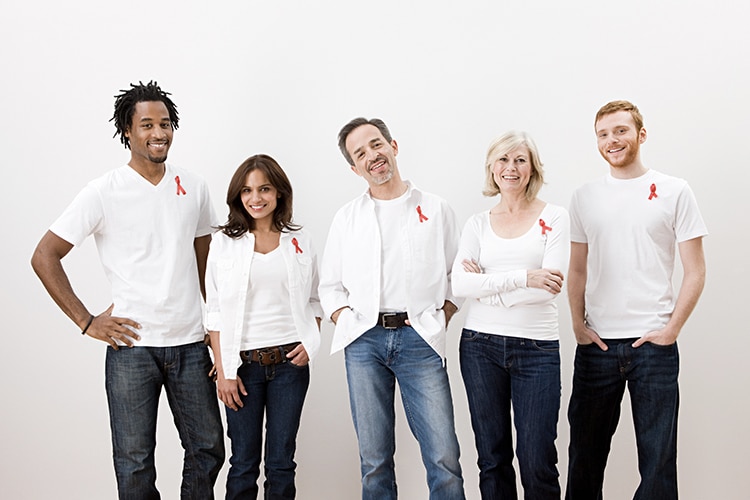HIV Testing in the Dental Setting
Once an individual is infected with HIV, the amount of the virus in the blood can be measured and is reported as viral load.

Once an individual is infected with HIV, the amount of the virus in the blood can be measured and is reported as viral load. This is detected by measuring the amount of viral RNA in the blood and is stated in copies/per milliliter of blood. Clinicians use antiretroviral therapy (ART) to treat HIV infections. Highly active antiretroviral therapy (HAART) is a term that indicates multiple drugs are being used for treatment.
Photo Credit: noipornpan/ISTOCK/GETTY IMAGES PLUS

Testing Protocol
Screening for HIV can lead to lifesaving treatment. The goal of HIV screening in the dental setting is to link HIV-infected individuals with proper medical care. If HIV screening shows a reactive result, the patient should be referred to a medical professional for confirmatory testing and diagnosis. In addition, individuals who are aware of their positive HIV status are less likely to engage in risky transmissive behaviors. This serves as an important preventive measure. Although HIV screening is not routinely done in dental offices, it can be an important tool—especially in the early stages of infection, when often there are no distinguishable signs or symptoms.
Photo Credit: Motortion/ISTOCK/GETTY IMAGES PLUS

Access to Testing
The National Center for Health Statistics documents the percentage of subpopulations that had a dental visit in 2016. The data show the percentage of individuals visiting the dentist increased among blacks/African Americans and Hispanics/Latinos between 1997 and 2015. As long as this trend continues to rise, it presents an opportunity for oral health professionals to access disproportionately affected HIV populations. The significance of this access is that it raises the prospect of positively impacting epidemiological estimates of HIV-infected individuals who remain undiagnosed.
Photo Credit: jarun011/ISTOCK/GETTY IMAGES PLUS

Early Detection Is Key
Individuals with an acute stage of HIV infection have been shown to be more likely to transmit the virus than in later stages of infection. This makes early detection all the more critical from an epidemiological perspective. Rapid HIV tests yield results that will be termed either reactive or nonreactive. If the dental team finds a reactive response, referral to a medical professional for confirmatory tests can be made the same day. Screening can be especially important in older adults. When performing a typical oral examination on an older adult, the oral health professional should be watchful for lesions that may be related to HIV infection. The dental setting is a good point of access to this population.
Photo Credit: iJacky/ISTOCK/GETTY IMAGES PLUS

Making a Difference
Regardless of population subcategory of HIV infection, two factors remain constant: the proportion of people who have a dental visit each year and the fact that ART is effective in extending life and reducing the probability of transmission. There is a significant difference in the chances of survival between an individual presenting for diagnosis who already has AIDS and someone presenting for diagnosis with an asymptomatic, newly diagnosed HIV infection. Early diagnosis leads to early treatment. A study indicates that the life expectancy for a 20-year-old HIV-positive patient on ART is nearly equal to that of the general population.


[…] post HIV Testing in the Dental Setting appeared first on Dimensions of Dental […]
HIV testing is also a major component of ending the epidemic. People who are aware of their status are less likely to transmit to others.